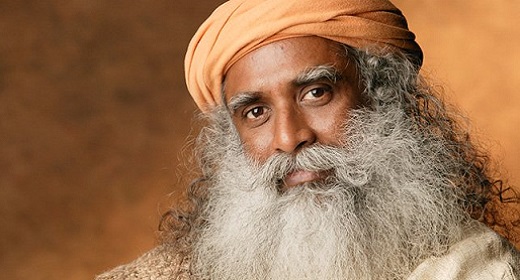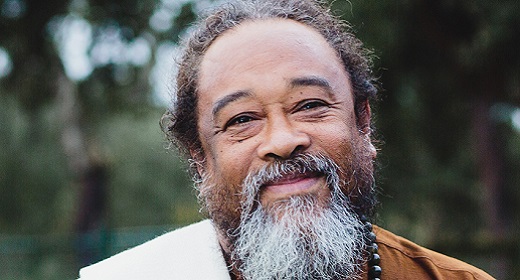by Arjuna Ardagh: If we go back a few thousand years, just the blink of an eye in the history of our species, men and women lived very different lives…

In most parts of the world, men would go out to hunt for food aiming to capture and kill wild animals — a dangerous business. It required the immediate ability to either muster all your strength, courage, and wits to fight, or if the odds were against you, to run as fast as you could up the nearest tree. This kind of lifestyle, which went on uninterrupted for thousands of years, required a man to build up and store testosterone, then release it into his bloodstream. Testosterone allowed him to meet each challenge courageously and to see it through to completion.
Meanwhile, because of their biological capacity to bear children, women would stay home during the day nursing the smallest children, watching over the growing siblings to make sure they came to no harm. Keeping an eye out for snakes and scorpions. She kept the home clean, comfortable, and prepared food, while at the same time lending an ear to her neighbors about their troubles and triumphs. None of this was particularly dangerous, relative to what the men were doing, so it allowed for a much more relaxed and social contact, mostly with other women. It also required her to spread her attention around in order to do many things at once.
At night, the men came home. After the evening meal, it was time to sit around the fire. Even today, among some indigenous cultures, men and women each have their own fire some distance apart from each other.
The women’s fire is an animated place: they laugh about stories of the day and rub each others’ shoulders and feet. They bond by connecting with each other in a relaxed way, without any agenda, thereby releasing the stress of having so many things to do simultaneously during the day. The woman gets replenished and then has more love to give to her family and community the next day.
The men’s fire is a very different scene. A man sits or squats, staring into the fire. There is relatively little talking, except perhaps one man telling the story of great feats of heroes from the past while the other men silently listen. He might sharpen his tools or simply stare blankly into the fire. He is not doing anything but is also not sleeping. This combination of stillness, listening, and alertness, is what is required for him to come back to a feeling of centeredness, reconnection with himself, and a restored capacity to meet the challenges of his life with focus.
For thousands of years, women have come back to themselves, returning to love and feeling comfortable within their own skin through connection with other women. They do so through caring, listening, sharing, talking, laughing and giving friendly reassuring touches. Men have come back to themselves — returning to centeredness — through silence, stillness, and spaciousness either in solitude or a fairly structured way of being with other men.
The lifestyles and the kinds of challenges that men and women face today could not be more different to what we have faced historically, while at the same time, our nervous systems have not been rewired as quickly.
Unconscious, instinctive drives still cause a woman to seek security and protection from a man and cause a man to want sex and progeny from a woman, but as men and women both become more conscious, they mature beyond these instinctive short-term drives that are generated from the back part of the brain (reptilian) to more conscious choices for long-term fulfillment that are generated from the pre-frontal cortex.
Today, both men and women want to experience a multidimensional fulfilled life: they both want to have interesting jobs and careers, they both want to create long-term satisfying relationships, they both want to create and participate in a happy family life, they both want great sex, and they both want to experience balance and wellbeing.
A man today does not want to be restricted to going out and facing dangerous challenges during the day and then staring into a fire at night. He has claimed his right to participate more fully in family life. Modern man wants to be there for the birth of his children, and he wants to be there as a fully engaged father, fully involved in birthdays and sports events, school plays, and field trips. He wants to be a part of making the home beautiful and preparing and cooking great food. He is choosing, consciously, to expand into living all parts of himself.
We see the same shift even in his emotional and sexual life. Only a few decades back, most men experienced romantic feelings and the need to bond emotionally primarily during the courtship phase. This is when he had a challenge, a mission to accomplish. Men might write poetry, give roses, and feel deeply romantic feelings…up until when his prize was secure, he had slipped the ring onto her finger, and soon after gotten her pregnant. Afterwards, his romantic feelings would often quickly diminish. Once the challenge of the situation had passed, he would frequently get interested in other women and have affairs, secretly or overtly, to again stimulate his love of the challenge.
The Conscious Man recognizes that these hyper-masculine behaviors, despite the fact that they have been time-tested over such a long period, do not give him everything he longs for. Today, men marry for love and aspire to create lasting and fulfilling relationships. In addition, more men today are choosing monogamy as a value, not as a moral dictate. Many men in the past used to get married for convenience. Our literature is littered with stories of a man who had romantic feelings for one woman but finally had to marry another chosen by his parents for financial and social reasons.
Nowadays, this hardly happens at all anymore. Even in India, the world’s center of the arranged marriage, more and more young people want to marry for love. While all this represents fantastic new freedoms for men, to be able to explore and live into all parts of himself and to feel fulfillment in a multidimensional way, it also presents significant new challenges.








































